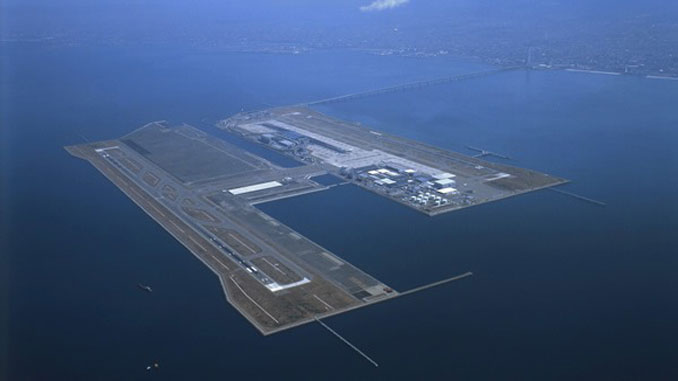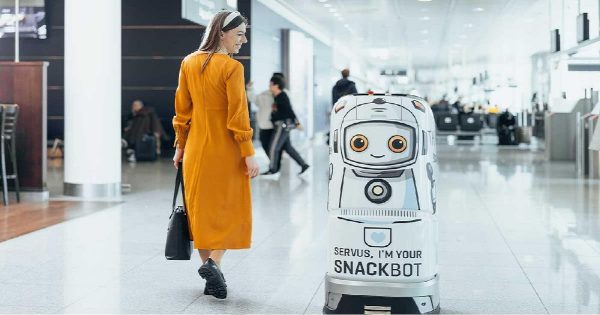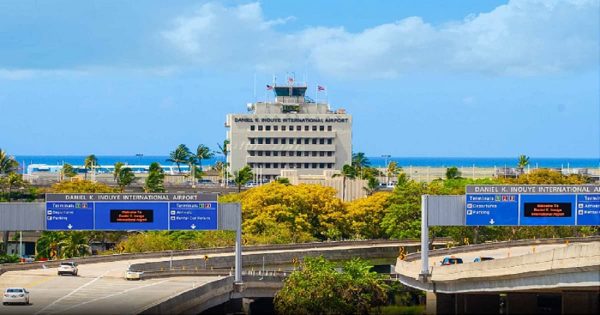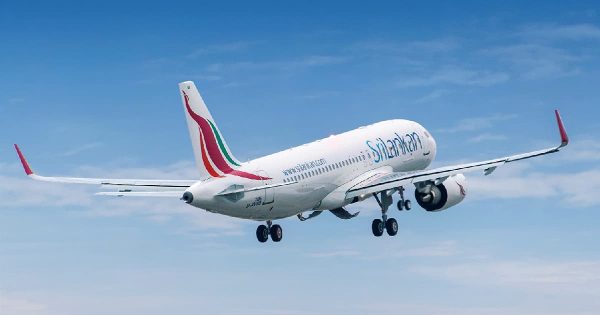One of the most interesting challenges in deploying self-service check-in kiosks is where to actually put them. Especially in existing terminals.
It’s fairly simple to locate them in a shiny new terminal like Singapore T4, but what about terminals build some years back in the era of mainly desk check-in?
Quite often there is very little space where the kiosks can go. And there are plenty of examples where kiosks are stuck in poor locations like behind a pillar or along a wall.
One solution could be to send the kiosks to where the passengers are.
Kansai Airport is about to start a trial of two self-service roaming check-in kiosks.
Between 05 and 28 February, the airport is testing 2 robotic kiosks in the departures area on the 4th floor of Terminal 1. The kiosks will autonomously move to busy or congested areas in the airport as needed.
The robotic kiosks use data sources including flight and passenger flow information to identify where additional check-in kiosks are required to help reduce queue times at check-in.
They will deliver the same services as those of ‘traditional’ kiosks fixed to the floor.
The cordless kiosks use geolocation data to find their way around the terminal. Collision avoidance technology enable them to move around check-in counters safely and they can also automatically return to a docking station when the battery is getting low.
The kiosks are common use, meaning they can be used by passengers of multiple airlines. Those in the trial are: Air France, Air China, All Nippon, Asiana, Cathay Pacific, Japan Airlines, KLM, Korean Air and United.
KATE is a joint development between SITA Lab and Swiss company, BluBotics. SITA first anounced the kiosks in May 2017.
N.B. Image credit: Kansai Airport
Internet links







